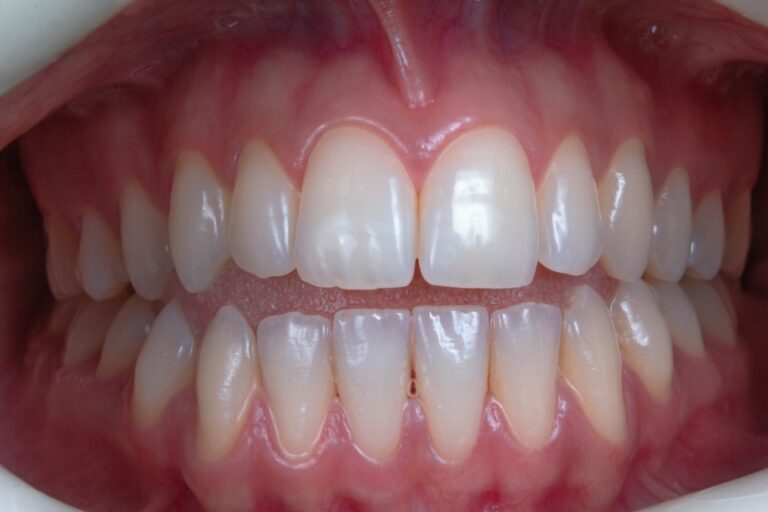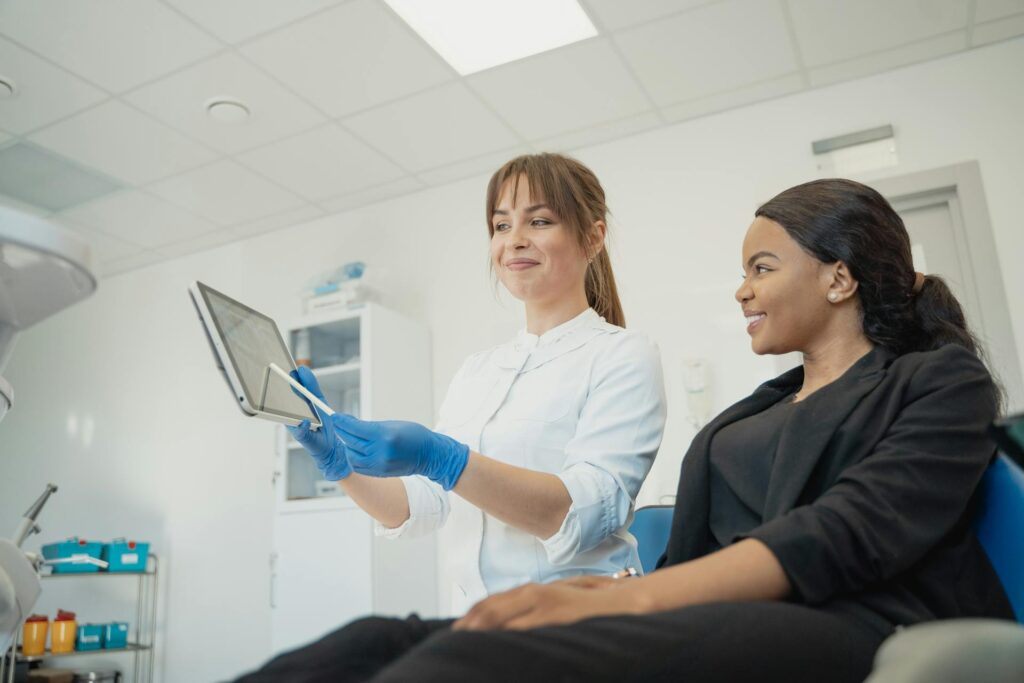
A beautiful smile has the power to enhance not only one’s appearance but also their confidence and overall well-being.
This article delves into the concept of smile makeovers, shedding light on the various types available, including the growing popularity of smile makeovers for teens, which address dental concerns during these formative years. You will discover how innovative technologies, such as digital imaging, improve the planning and execution of smile transformations, making the entire experience more precise and tailored to individual needs.
We will walk you through the steps involved in a smile makeover, starting from the initial consultation to aftercare, helping you determine if you or your teen are suitable candidates. Additionally, learn about the specific advantages of digital imaging in personalising treatments for all ages. Finally, you will find valuable tips on selecting the right dentist to accompany you on your journey toward a brighter, more beautiful smile.
The Importance of a Beautiful Smile

A beautiful smile is more than just a matter of aesthetics; it is an essential element of overall facial beauty and significantly impacts personal confidence and social interactions.
In the field of cosmetic dentistry, the value of a radiant smile goes beyond appearance, influencing aspects such as oral health, patient satisfaction, and even professional success.
Whether it involves teeth whitening, orthodontics, or a complete smile makeover, enhancing one’s smile can result in transformative changes in both personal and professional aspects of life.
This journey of transformation often starts with a straightforward yet impactful belief: everyone deserves to feel confident about their smile.
What is a Smile Makeover?
A smile makeover is a thoughtful and comprehensive strategy designed to enhance the aesthetics of one’s smile. This often involves a variety of cosmetic dentistry procedures tailored to meet individual needs and aesthetic goals. The personalised treatment process may include teeth whitening, dental veneers, orthodontic treatments, and even dental implants, all aimed at achieving a beautiful and harmonious smile.
During a smile makeover, dental professionals leverage their expertise in aesthetic dentistry to develop a tailored plan that not only enhances one’s natural beauty but also addresses specific concerns such as discolouration, misalignment, or gaps. Ultimately, the goal of a smile makeover is to create a smile that embodies confidence and reflects the individual’s personality.
The journey begins with an in-depth consultation, where essential factors such as visual communication and the individual’s unique facial structure play critical roles in determining the most appropriate treatment options. Engaging patients during this phase is vital, as understanding their desires and concerns can significantly influence the final result.
Common procedures may extend beyond those mentioned earlier to include bonding and contouring, which further refine the appearance of the teeth. Each element of the smile makeover is carefully considered to ensure that the final smile not only enhances visual appeal but also functions harmoniously within the patient’s overall dental health.
What Are the Different Types of Smile Makeovers?
Smile makeovers can be tailored to accommodate a range of needs, with various procedures designed to meet distinct aesthetic goals and preferences. Common treatments included in these makeovers are teeth whitening, which effectively brightens stained smiles; dental veneers, which cover imperfections; and orthodontic treatments, which help align teeth for a more balanced appearance.
Each type of smile makeover addresses specific concerns, from correcting discolouration to improving misalignment, ensuring that the final outcome aligns with the patient’s expectations while also enhancing overall oral health. The variety of options available enables individuals to select a makeover that truly reflects their unique personality.
A thorough smile analysis is typically conducted to evaluate facial aesthetics and determine the most appropriate procedures. This comprehensive assessment enables the development of a personalised treatment plan, ensuring that every element of the smile, such as gum contouring or bonding, is harmonised with the individual’s facial features.
For those desiring a more dramatic transformation, full mouth reconstructions present an extensive option, combining multiple procedures to achieve optimal dental health and aesthetics. While the smile makeover cost can vary based on the complexity of the treatment plan, many patients find the investment worthwhile for the lasting confidence and well-being it brings.
Ultimately, the aim of these procedures extends beyond merely creating a beautiful smile; it is also about enhancing confidence and overall well-being, making a smile makeover a valuable and transformative experience.
The Role of Digital Imaging in Smile Makeovers
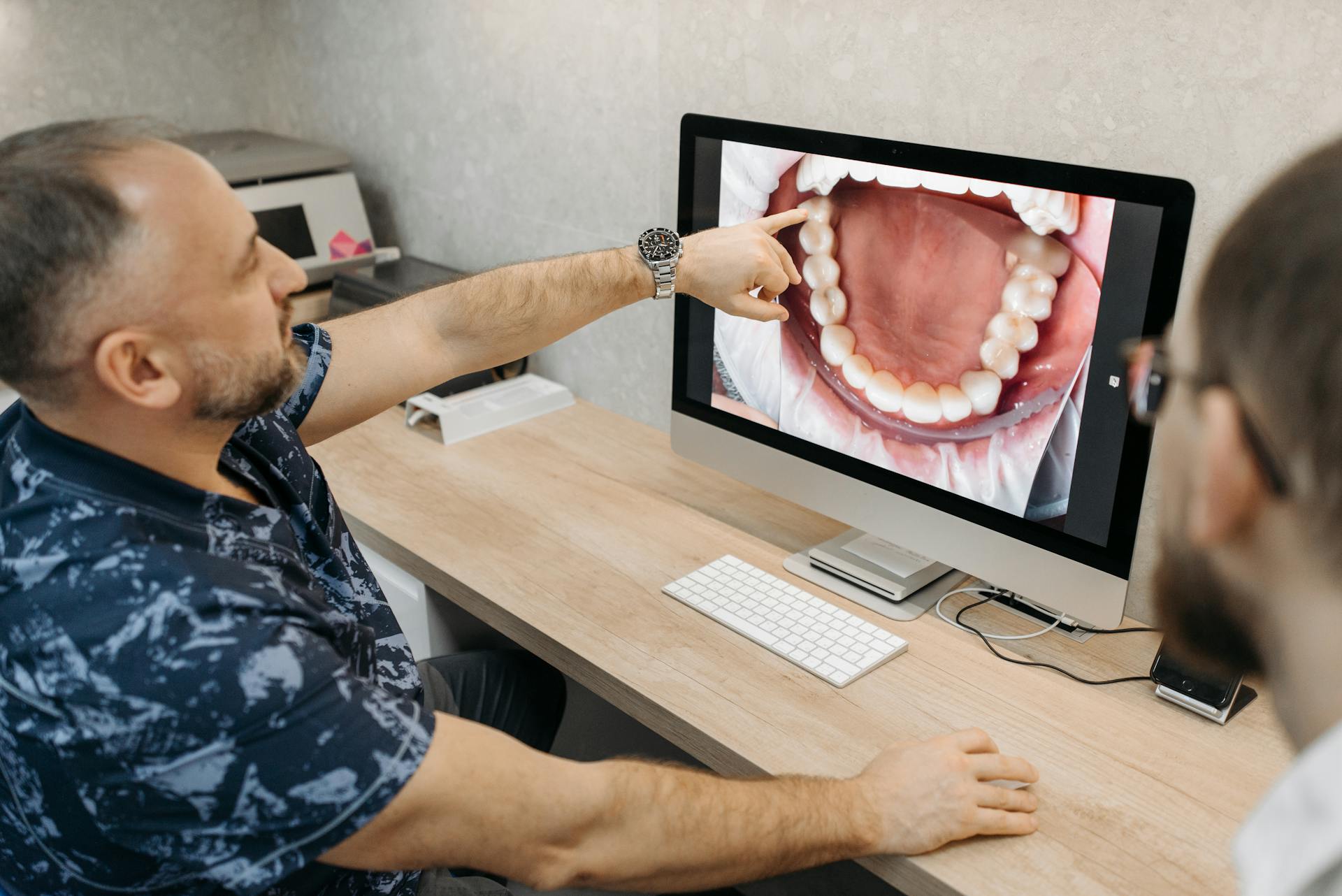
Digital imaging has significantly transformed the planning and execution of smile makeovers, becoming an essential tool for both dental professionals and patients navigating the world of cosmetic dentistry.
With the use of advanced imaging technology, dentists can produce virtual smile designs that provide a photorealistic representation of the expected outcomes. This capability facilitates clear communication and precise treatment planning during patient consultations.
Such an innovative approach enhances the visualisation of treatment options, allowing patients to envision their potential smile transformation before any procedures take place.
Importantly, the use of digital imaging extends beyond aesthetics; it also plays a vital role in fostering patient trust and engagement throughout the entire process.
What is Digital Imaging?
Digital imaging involves the use of advanced technology to capture high-resolution images of dental structures, which significantly enhances diagnostics and treatment planning in cosmetic dentistry. This innovative approach includes various imaging modalities, such as 2D and 3D imaging, offering detailed visual representations of patients’ teeth and gums.
The adoption of digital dental imaging systems ensures a level of accuracy that is essential for identifying issues that may not be visible to the naked eye. These systems also enhance treatment effectiveness by enabling precise monitoring of dental conditions over time and providing more reliable predictions of outcomes.
Beyond improving diagnostic capabilities, digital imaging promotes better collaboration among dental professionals, resulting in more cohesive treatment strategies. As patients gain access to visual aids, their understanding and engagement increase, leading to greater confidence in their treatment plans. This ultimately contributes to superior care and enhanced satisfaction with dental services.
How is Digital Imaging Used in Smile Makeovers?
Digital imaging plays a crucial role in both the planning and execution of smile makeovers, equipping dentists with the necessary tools to develop effective and personalised treatment plans.
During the initial consultation, diagnostic imaging is employed to assess the patient’s oral health, enabling the dentist to pinpoint areas that may need aesthetic enhancement or correction. After this assessment, imaging solutions provide detailed representations of the proposed changes, helping patients visualise the expected results of their smile makeover.
This integration of digital technology not only facilitates precise treatment planning but also builds patient confidence and trust in the upcoming procedures.
Virtual consultations are enhancing this process even further, allowing patients to connect with their dental professionals from the comfort of their own homes. Through advanced data analysis, dentists can gain a comprehensive understanding of each individual’s dental condition, allowing them to tailor their approach accordingly.
Enhanced visualisation tools are essential in demonstrating how specific treatments can not only transform the aesthetics of a smile but also improve overall oral health. By utilising these innovative techniques, practitioners ensure that patients are well-informed and actively involved in the decision-making process, ultimately leading to more satisfactory treatment outcomes.
What Are the Benefits of Digital Imaging in Smile Makeovers?
The advantages of digital imaging in smile makeovers are numerous, significantly enhancing the overall experience for both patients and dental professionals.
One major benefit is the capability to create treatment simulations that enable patients to visualise their potential results. This not only increases patient engagement but also boosts satisfaction.
The high-resolution images produced through digital imaging enhance the accuracy of dental diagnostics and assessments, ensuring that treatment plans are effectively tailored to meet individual aesthetic goals. By integrating digital imaging into the smile makeover process, dental practices can achieve better clinical outcomes, enable their patients, and streamline their workflows.
Additionally, incorporating digital workflows allows dental professionals to communicate more effectively with their patients, fostering a collaborative approach to treatment decision-making.
Utilising predictive modelling, practitioners can anticipate the likely outcomes of various treatment options, refining strategies to achieve the best results possible. This focus on patient-centred care not only builds greater trust but also ensures that the treatment journey aligns with both aesthetic preferences and clinical requirements.
Consequently, patients feel more informed and in control of their oral health, which leads to higher levels of satisfaction and loyalty towards their dental providers.
The Process of a Smile Makeover with Digital Imaging

The process of a smile makeover using digital imaging generally consists of several clear steps, all designed to ensure that the final result aligns with the patient’s aesthetic goals and expectations.
It begins with a comprehensive consultation, during which dental professionals evaluate the individual’s specific needs and desires regarding their smile transformation.
Next, the use of digital imaging facilitates precise treatment planning, providing detailed visualisations of potential outcomes. This structured approach not only fosters trust between the patient and the dental team but also assists the dentist in delivering restorative solutions that effectively address both the functional and aesthetic aspects of dental care.
Step 1: Consultation and Evaluation
The first step in the smile makeover process involves a comprehensive consultation and evaluation. During this important meeting, the dentist gathers essential information regarding the patient’s oral health and aesthetic goals.
A thorough smile analysis is conducted to assess the condition of the teeth, gums, and overall facial aesthetics. This assessment provides valuable insights into the patient’s desires and expectations, ensuring that the treatment plan is aligned with their vision for an improved smile. The significance of this step cannot be overstated, as it establishes the foundation for the entire makeover process.
During this initial visit, patients can anticipate a detailed discussion about their oral health history, any specific concerns they may have, and their unique aesthetic preferences. Diagnostic imaging may also be employed to reveal underlying issues, allowing the dentist to recommend personalised treatment options that cater to the individual’s specific needs.
Open communication is strongly encouraged throughout this process. It fosters a collaborative environment where patients feel comfortable voicing their thoughts and questions. This partnership is crucial for enhancing patient satisfaction and ultimately leads to a smile transformation that truly reflects their ideal vision.
Step 2: Digital Imaging and Treatment Planning
After the initial consultation, the next step in the smile makeover process involves utilising digital imaging for effective treatment planning. This enables dentists to create a personalised approach for each individual.
This innovative method leverages advanced imaging techniques to visualise the desired outcomes in a manner that traditional methods simply cannot achieve. By using treatment simulations, dental professionals can present various scenarios, allowing patients to engage actively in the decision-making process regarding their care.
These visual aids enhance communication between the patient and practitioner, contributing to a more patient-centred approach by addressing specific concerns and preferences. Through detailed visualisation, practitioners can ensure that every aspect of the smile makeover aligns with the patient’s expectations, ultimately leading to improved satisfaction and confidence in the proposed treatment strategy.
Step 3: Preparing for the Procedure
Preparing for the smile makeover procedure is an essential step that ensures patients are well-informed and comfortable throughout their treatment journey. During this phase, the dental team provides thorough education about what to expect during the procedure, potential recovery times, and aftercare needed to maintain the results.
Clear communication regarding treatment expectations helps alleviate anxiety and builds trust, allowing patients to approach their smile transformation with confidence. Being well-prepared also enhances the overall effectiveness of restorative dentistry.
As part of this preparation, patients are encouraged to express any concerns they may have about the procedure, whether those concerns relate to pain management or the duration of recovery. The dental professionals conduct comprehensive assessments to customise the treatment plan according to each individual’s needs, reinforcing the patient’s confidence in the process.
On the day of the procedure, it is important for patients to know they will receive personalised care, including necessary sedation options to ensure their comfort. Understanding the timeline and the steps involved fosters an enableing environment, helping patients focus on the exciting outcome of their new smile rather than the procedure itself.
Step 4: Smile Makeover Procedure
The smile makeover procedure is a carefully orchestrated event that merges dental artistry with advanced cosmetic techniques to achieve remarkable results. Based on a personalised treatment plan developed during the initial consultations, the process may encompass several methods, including tooth whitening, the application of dental veneers, or orthodontic adjustments.
Throughout this journey, the dentist’s goal is to attain optimal clinical outcomes, ensuring that every step aligns with the patient’s aesthetic aspirations and functional requirements. This phase of the makeover is where the vision crafted through digital imaging is realised in a tangible form.
Within this artistic context, enhanced visualisation tools play an essential role, allowing patients to preview their future smile and tailoring treatment options to complement their unique facial structure and features. Each element of the procedure requires a high level of precision, as even minor adjustments in contour or colour can dramatically alter the overall appearance.
By skillfully combining technical expertise with an acute sense of beauty, professionals provide a comprehensive smile enhancement that not only elevates aesthetics but also boosts confidence. In this journey towards a perfect smile, every detail is crucial.
Step 5: Follow-up and Maintenance
The final step in the smile makeover journey includes follow-up appointments and ongoing maintenance, which are essential for ensuring that the results achieved are both lasting and satisfactory for the patient.
These follow-up sessions serve several important purposes. They reinforce patient education regarding daily oral care routines and emphasise the significance of adhering to prescribed aftercare protocols. It is vital for patients to be actively engaged in their restorative dentistry journey, as their commitment can have a substantial impact on the longevity of their aesthetic goals.
During these visits, dentists may offer tailored suggestions, which could include specialised cleaning techniques and dietary advice that may influence oral health. Addressing any discomfort or dissatisfaction during these appointments allows for early intervention, helping to solidify the results and enhance the overall experience for the patient.
Who is a Good Candidate for a Smile Makeover with Digital Imaging?
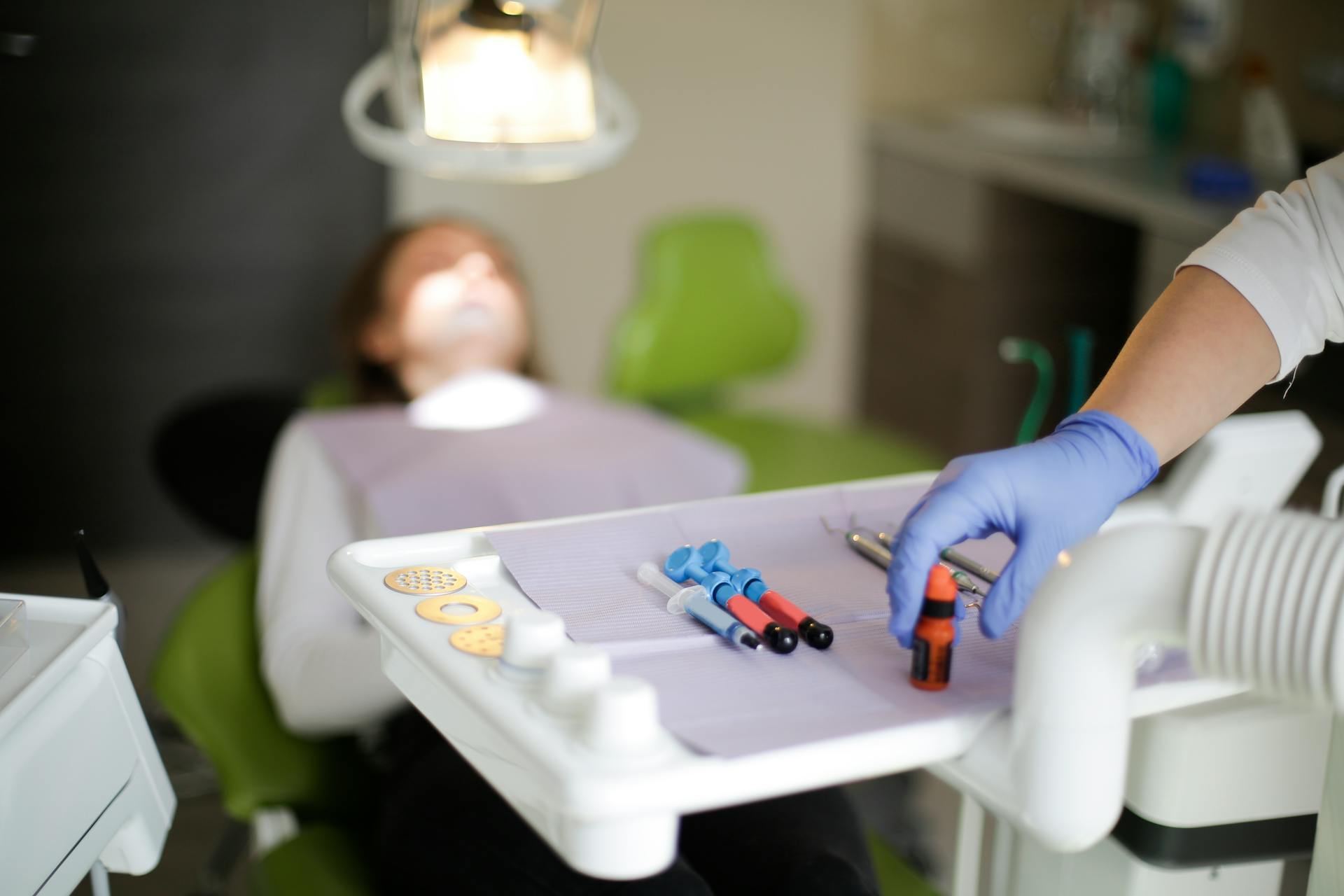
A suitable candidate for a smile makeover using digital imaging is someone who aims to enhance their smile while setting realistic expectations regarding the treatment process.
Ideal candidates often have a variety of concerns, such as tooth discolouration, misalignment, or gaps, and are motivated to improve their smiles for personal or professional reasons.
The use of digital imaging is essential in this process as it enables potential patients to visualise their anticipated results, thereby building trust in the treatment plan. Ultimately, a successful smile makeover journey starts with a commitment to personal improvement and open communication with the dental team.
Such candidates generally possess a clear understanding of their desired outcomes and are willing to engage in open discussions about their treatment expectations.
They recognise that achieving optimal results requires a collaborative approach, with both the dental professional and the patient sharing insights about the possible aesthetic enhancements. They are also open to exploring different procedures, whether it involves teeth whitening, veneers, or orthodontics, ensuring that their path to a more confident smile is guided by informed decisions.
By prioritising clear communication, individuals can significantly enhance their overall experience and satisfaction with the final results.
Finding a Qualified Dentist for Your Smile Makeover
Finding a qualified dentist for a smile makeover is crucial for ensuring both the aesthetic quality of the final result and the overall success of the treatment process.
A skilled cosmetic dentist should have a solid background in aesthetic dentistry along with professional expertise in various procedures such as dental veneers, orthodontics, and tooth whitening.
It’s important to consider key factors such as the dentist’s experience, patient reviews, and their approach to patient-centred care, as these elements significantly influence patient satisfaction throughout the smile transformation journey.
With the right dental professional, patients can feel confident in their pursuit of a beautiful and healthy smile.
What Qualifications Should You Look for in a Dentist?
When searching for a dentist to carry out your smile makeover, it is crucial to consider certain qualifications that reflect their expertise in cosmetic dentistry and dental artistry. Look for a dental professional who possesses relevant certifications, has undergone specialised training in aesthetic dentistry, and maintains a solid portfolio showcasing their previous work and successful smile transformations.
A qualified dentist should place a strong emphasis on patient-centred care, taking the time to understand your unique needs and aesthetic goals. These qualifications not only demonstrate their professional expertise but also play a significant role in building trust between the patient and the provider throughout the treatment process.
A dentist who specialises in smile makeovers typically keeps abreast of the latest advancements in imaging technology, which allows them to plan and execute treatments with precision. This includes the use of high-definition imaging tools that deliver a clear visual representation of expected outcomes. Their experience in offering a range of restorative options, such as veneers, crowns, and whitening procedures, further enhances their ability to create personalised treatment plans.
Moreover, positive feedback from past patients can serve as a valuable indicator of a dentist’s proficiency in achieving remarkable results. This feedback reinforces their commitment to patient education and aftercare guidance, ensuring lasting satisfaction with the treatment received.
What Questions Should You Ask During Your Consultation?
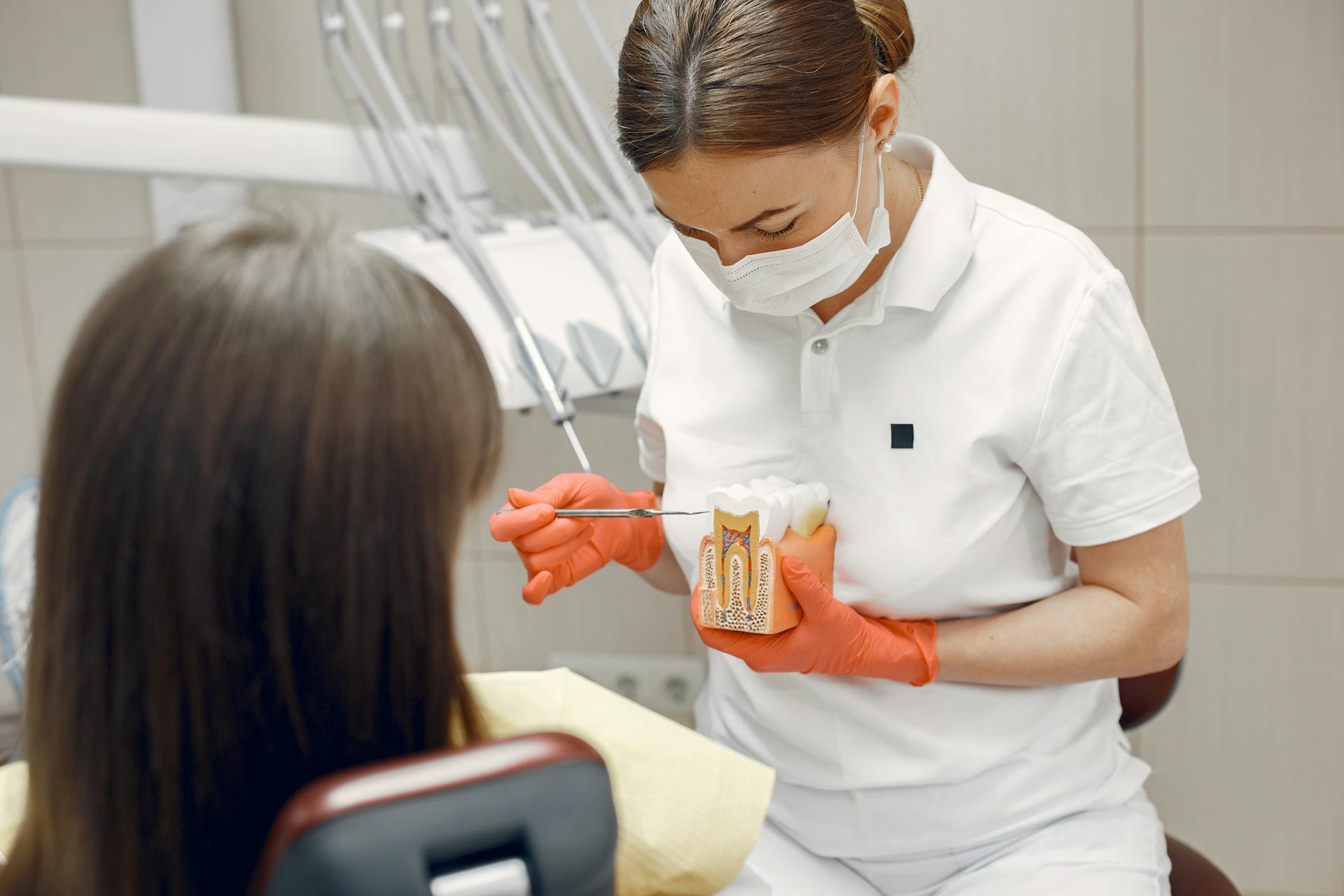
Asking the right questions during your consultation is essential for ensuring that you feel informed and comfortable about the upcoming smile makeover process. It is important to inquire about the dentist’s experience with cosmetic procedures, the specific treatment options available, and how they use digital imaging to enhance patient engagement and outcomes.
You may wish to explore the various imaging techniques employed to create a detailed smile analysis, as this can provide valuable insights into the anticipated changes. Understanding how the dentist tailors treatments to meet individual needs is crucial, so do not hesitate to ask about the development of personalised care plans.
Additionally, it would be beneficial to uncover what kind of follow-up care is recommended after the transformation, as this will significantly impact your long-term satisfaction. These inquiries not only enable you as a patient but also foster a collaborative environment that can lead to successful and fulfilling dental experiences.
Frequently Asked Questions
What is the role of digital imaging in smile makeovers?
Digital imaging plays a crucial role in smile makeovers as it allows dentists to create a customised treatment plan and show patients a preview of their potential results before any procedures are performed.
How does digital imaging work in smile makeovers?
Digital imaging uses advanced software to create a 3D model of a patient’s teeth and gums. This allows dentists to manipulate the model and show patients different treatment options and potential outcomes.
What are the benefits of using digital imaging in smile makeovers?
Digital imaging offers several benefits, including improved accuracy and precision in treatment planning, better communication between patients and dentists, and the ability to make adjustments and fine-tune the results before any procedures are started.
Can digital imaging be used for all types of smile makeovers?
Yes, digital imaging can be used for a variety of smile makeovers, including teeth whitening, veneers, orthodontics, and dental implants. It is a versatile tool that can aid in the planning and execution of various cosmetic dental procedures.
Is digital imaging safe for patients?
Yes, digital imaging is a safe and non-invasive procedure. It uses low levels of radiation, similar to traditional dental x-rays, and is considered safe for patients of all ages.
How long does the digital imaging process take?
The digital imaging process usually takes between 15-30 minutes, depending on the complexity of the case. However, the time may vary depending on the individual needs of the patient and the type of smile makeover being planned.
